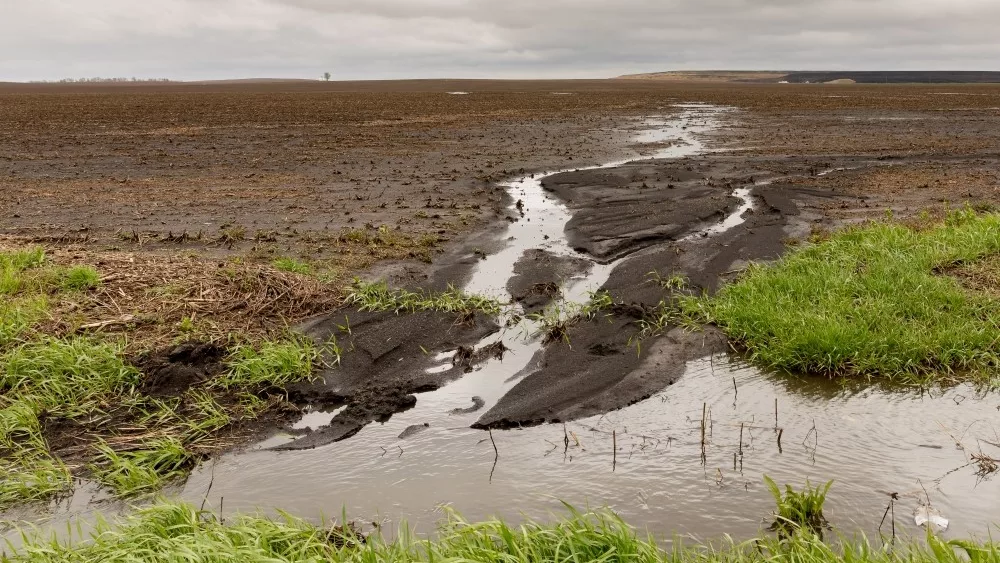
Unless challenged and revised further, it appears farmers will continue to remain powerless in the Highly Erodible Land and Wetland Conservation Final Rule made public by USDA on Aug. 28.
According to American Farm Bureau Federation President Zippy Duvall, the organization had advocated for clear rules and safeguards to ensure fair treatment of farmers in conservation compliance, but the final rule does not remedy unfair enforcement by the Natural Resources Conservation Service (NRCS).
“After decades without a finalized rule in this area, we finally have one, but unfortunately it falls short,” Duvall said. “Farmers deserve a fair process and clarity, including an understanding of the exemptions authorized by Congress. They deserve to be protected from repeated, unjustified, costly decisions by NRCS.”
Duvall said while AFBF appreciates USDA’s attempt to rectify historic wrongs, this was a “missed opportunity to ensure fairness going forward. We will continue to examine this rule and our options to address its shortcomings,” he said.
According to Michigan Farm Bureau Ag Ecology Department Manager Laura Campbell, Michigan farmers and Michigan Farm Bureau are close partners with the state NRCS office, sharing a common goal of helping farmers reach their conservation goals while maintaining a successful business.
“But when USDA at the federal level issues rules like these, they can instead make it harder for NRCS here in Michigan to help farmers achieve those goals,” Campbell said, noting the long list of concerns the final rule does not address.
“The final rule does not change how the NRCS applies technical determinations or how the agency should treat them when they have to be repeated later on. It does not change how the agency should treat preliminary vs. final determinations or the quality of maps they use.
“The final rule identifies no changes to its policy of allowing the agency to require mitigation at ratios higher than 1:1 for converting wetlands, making correcting problems more expensive. And finally, the final rule does not change how the agency assesses minimal effects on wetlands when they determine if someone is no longer eligible for programs,” Campbell said.
While the rules were generated in Washington D.C., the impact has a very strong local connection, says Campbell, recalling the case of Michigan farmers Brad and Nick Smith located near Addison.
Brad, who happens to be an attorney as well, and Nick Smith, a former U.S. Congressman, endured a decade long and stressful legal process through multiple appeals and court cases due to deeply flawed USDA rules for the NRCS appeals process over a wetland determination.
“The agency was allowed to keep going back for additional bites at the apple every time the Smiths won in court, which not only stretched the case out for years, but kept them fighting a constantly changing set of allegations that they had converted wetlands in some locations and had allowed other locations to revert to wetlands,” Campbell explained.
According to Campbell, the rule finalized by USDA won’t help in similar situations like the Smiths since USDA plans to continue the policy of implementing interim rules while waiting for comment and release of final rules.
“Farmers like the Smiths will get no relief on these issues, nor are the rules subject to the same level of oversight as they would be if they were finalized the way most other federal rules are, with oversight and analysis of impacts to the affected industries before being put into action,” Campbell points out.
The irony doesn’t escape AFBF’s Duvall, noting that farmers are some of the strongest advocates of conservation, as demonstrated by the 140 million acres voluntarily committed to federal conservation programs.
“But, that’s not what this is about. This is about unfair treatment, which we’ve clearly laid out for USDA in previous comments and many meetings, backed by court rulings,” Duvall said.





